In September 2025, Nepal witnessed massive Gen Z protests after a government social media ban. Discover how the youth-led uprising reshaped Nepalese politics, forced the Home Minister’s resignation, and restored digital freedom.
A Nation Shaken by Digital Rebellion
Kathmandu, September 2025 – It has entered a turning point in its democratic journey. What began as a government order to block major social media platforms quickly spiraled into the largest youth-led protest in the country’s recent history.
On September 9, the government announced a nationwide ban on Facebook, Instagram, TikTok, and X (formerly Twitter), citing concerns about misinformation, online unrest, and threats to national harmony. Instead of silencing dissent, the ban ignited outrage among young people, sparking what is now known as the Gen Z Protests 2025.
Why Nepal’s Social Media Ban Triggered a Youth Uprising
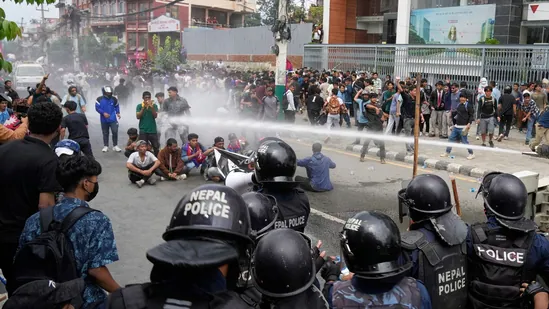
For many in This Country, especially those under 30, social media is more than entertainment it is a lifeline for education, activism, small businesses, and global connection. The sudden ban was widely seen as an attack on digital freedom and free speech.
Students, content creators, and digital entrepreneurs took to the streets, organizing through VPNs and encrypted messaging apps. Within hours, Kathmandu’s city squares filled with chants of “We are the voice, not the enemy.” The protests spread rapidly to Pokhara, Lalitpur, and other regions.
According to analysts, this was the first time Gen Z emerged as a united political force in Nepal, highlighting the growing gap between the country’s older leadership and its younger, tech-savvy population.
A Violent Crackdown That Backfired
The government’s response shocked many observers. Riot police were deployed to disperse rallies using tear gas, batons, and rubber bullets.
Clashes intensified in Kathmandu and university districts. By the end of September 9, at least 19 protesters had been killed, and more than 300 were injured, many with head and chest wounds. Hospitals were overwhelmed, and human rights organizations condemned the excessive use of force.
Amnesty International described the crackdown as “one of the darkest days for youth in Nepal’s democratic era.” Images of bloodied students quickly circulated on international media, fueling more anger and tarnishing Nepal’s global image.
Political Fallout: Government Forced to Backtrack
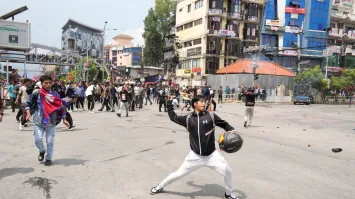
The casualties and international criticism placed immense pressure on the government. Demonstrations swelled in size, with protesters demanding not just the restoration of social media but also accountability from political leaders.
Within 48 hours, the government lifted the social media ban, restoring access to all platforms. In a dramatic development, Nepal’s Home Minister resigned, acknowledging responsibility for the violent crackdown.
The government also promised to launch an independent inquiry into police brutality, though activists remain skeptical about whether true justice will be delivered.
Why the Nepal Gen Z Protests Matter
This uprising is significant for several reasons:
- Generational Shift in Politics – The protests signaled that Nepal’s youth are no longer passive observers but active political players who can mobilize at scale. With over 40% of Nepal’s population under 25, their role in future elections will be decisive.
- Digital Rights as Human Rights – The events highlight how access to digital platforms is now viewed as a fundamental right, not a luxury. For Gen Z, the internet is tied to identity, opportunity, and freedom of expression.
- Global Implications – Nepal’s crisis echoes a broader trend across Asia, where governments attempt to regulate or restrict online spaces, often facing pushback from younger citizens
The Road Ahead for Nepal
While the ban has been lifted, the protests have left deep scars on Nepalese society. Families are mourning lost loved ones, and survivors are calling for justice. Activists are already pushing for new digital rights legislation to prevent future bans.
At the same time, the ruling coalition is struggling to repair its credibility. Opposition parties have seized on the crisis, framing the government as out of touch with the realities of modern Nepal.
Observers believe that the Gen Z Protests of 2025 could shape the next election, as young voters demand leaders who understand their priorities: freedom of speech, job opportunities, and digital empowerment.
A Defining Moment in Nepal’s Democracy
The Gen Z Protests of September 2025 were more than just a reaction to a social media ban—they were a statement about the future of democracy in the country. By forcing the government to reverse its decision, accept a ministerial resignation, and face international scrutiny, the youth of Nepal have shown their power.
Whether this movement leads to lasting reforms remains to be seen, but one fact is clear: Nepal’s Gen Z is no longer content with silence. They have made their voice heard, and the political establishment will have to listen.
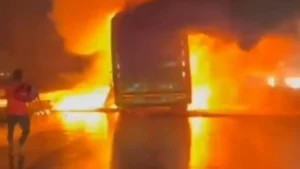
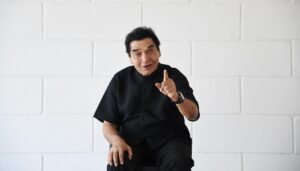
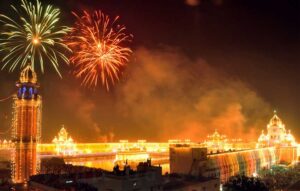

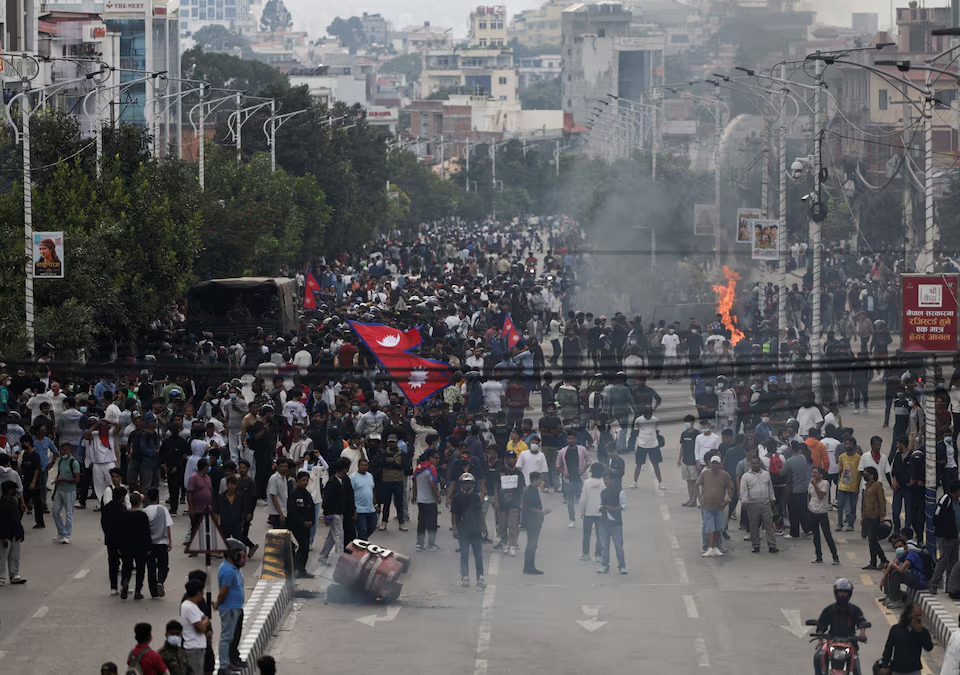
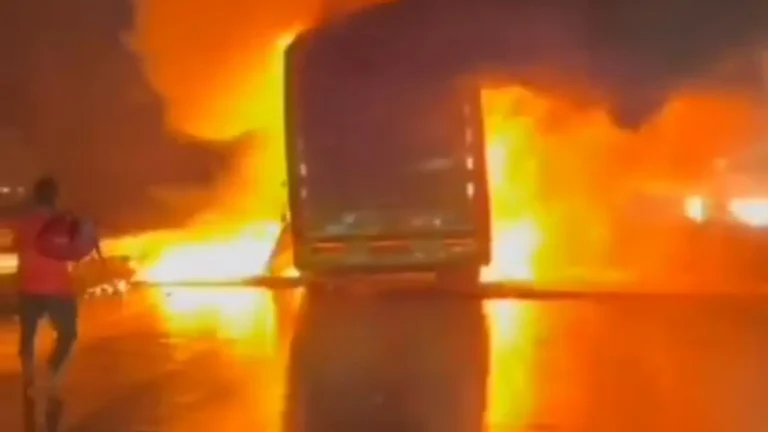
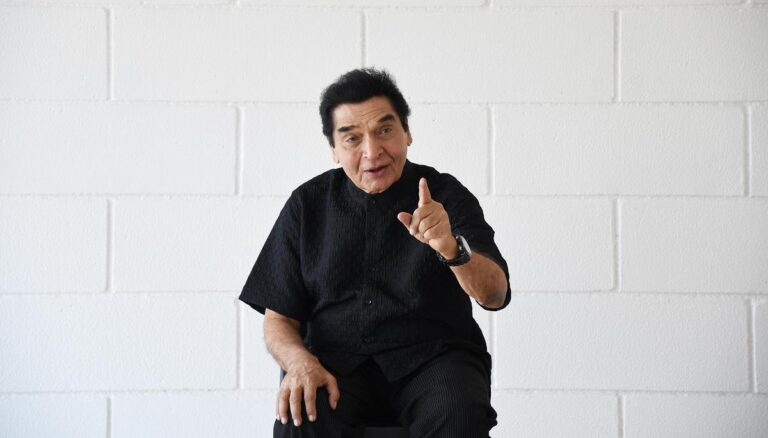
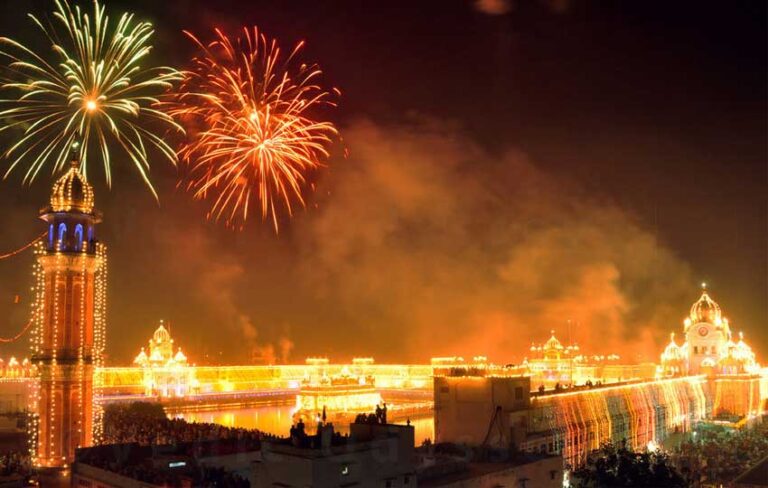

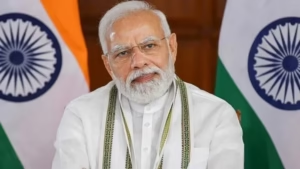
Nepal’s protests have turned deadly—dozens killed, PM resigned, and military now in control. The nation is in crisis.